flower garden in a shady spot
dlmill
17 years ago
Related Stories
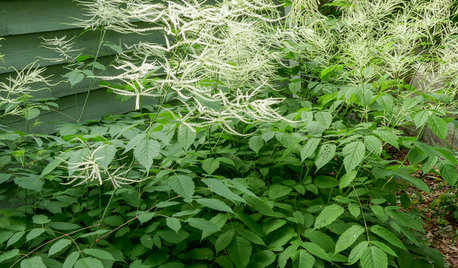
FLOWERS AND PLANTSAruncus Dioicus Is a Stately Plant for Shady, Moist Garden Spots
Plant goat’s beard in perennial and woodland gardens. Its large white spring blooms attract bees, beetles and butterflies
Full Story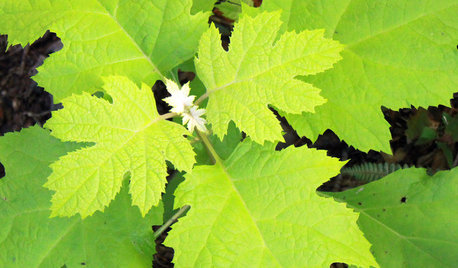
LIME FOLIAGE5 Gold Plants to Illuminate Shady Garden Spots
Dark garden corners don't have to mean deep, monochromatic color. Gold plants brighten the landscape with shots of luminosity
Full Story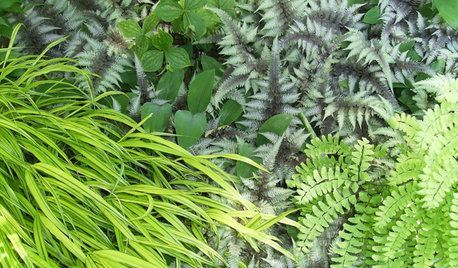
GARDENING GUIDES6 Fantastic Ferns to Enliven Shady Garden Spots
For long-term interest with little upkeep in challenging conditions, ferns might just be your garden's new best friend
Full Story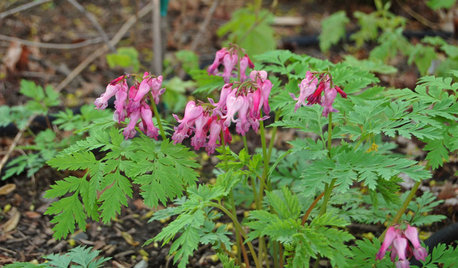
GARDENING GUIDESGreat Design Plant: Dicentra Eximia Brightens Shady Gardens
This North American bleeding heart species blooms from spring to fall and welcomes bees and hummingbirds
Full Story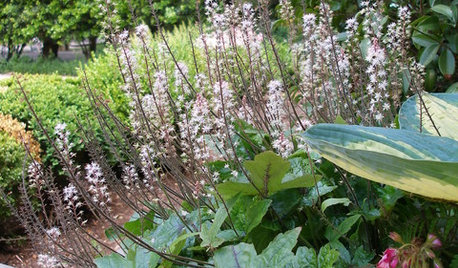
GARDENING GUIDESGreat Design Plant: Foamflower Cushions Shady Garden Areas
Try evergreen ground cover Tiarella cordifolia for a soft look all year — one the rabbits and deer won’t mess with
Full Story
GARDENING GUIDESYes, You Can Grow Food in a Shady Yard
Your shady garden doesn’t have to be forever barren. Berries, herbs and other shade-loving plants can produce a delicious bounty
Full Story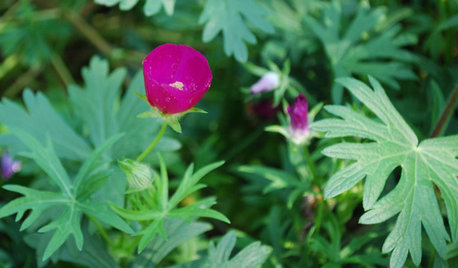
GARDENING GUIDESGreat Design Plant: Callirhoe Involucrata Wakes Up Hot Garden Spots
Give a dry and sunny garden a jolt of violet-pink color summer to fall — and watch bees and butterflies flock to the nectar
Full Story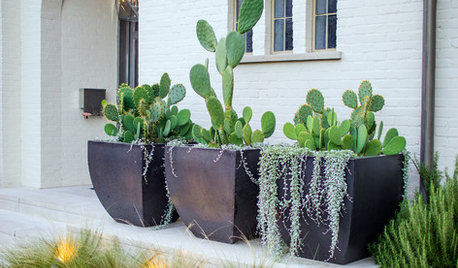
CONTAINER GARDENSCactus and Succulent Containers Are Ideal for Hot, Sunny Spots
Bring on the sun with these heat-loving succulent container gardens
Full Story
NATIVE PLANTSPlant These Fall-Flowering Natives in Early Summer for Pollinator Love
These 3 groups of plants will support masses of beneficial insects come autumn
Full Story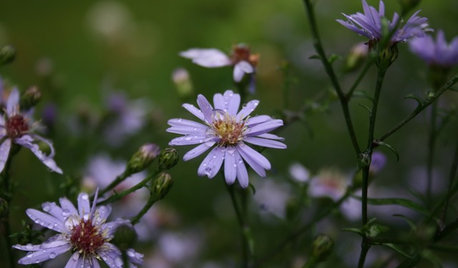
FLOWERS6 Overlooked Asters for Tough Spots
Whether your garden has baking sun or dry dense shade, boggy soil or sandy gravel, there's an aster for that
Full Story


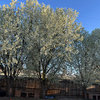
digit
nancy_in_co
Related Discussions
Tea Rose for a Somewhat Shady Spot
Q
shady spot under window?
Q
Annabelle or Incrediball for shady spot?
Q
New Gardener's Shady Garden Spot
Q
dlmillOriginal Author
digit
dlmillOriginal Author
Skybird - z5, Denver, Colorado
amester
dlmillOriginal Author
coloradobird
Skybird - z5, Denver, Colorado
dlmillOriginal Author
digit
Skybird - z5, Denver, Colorado